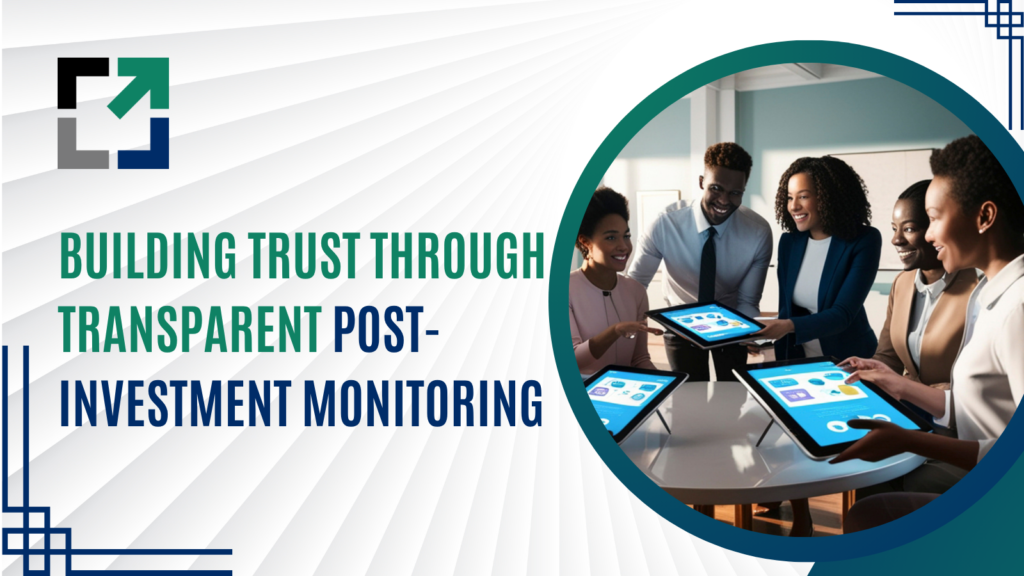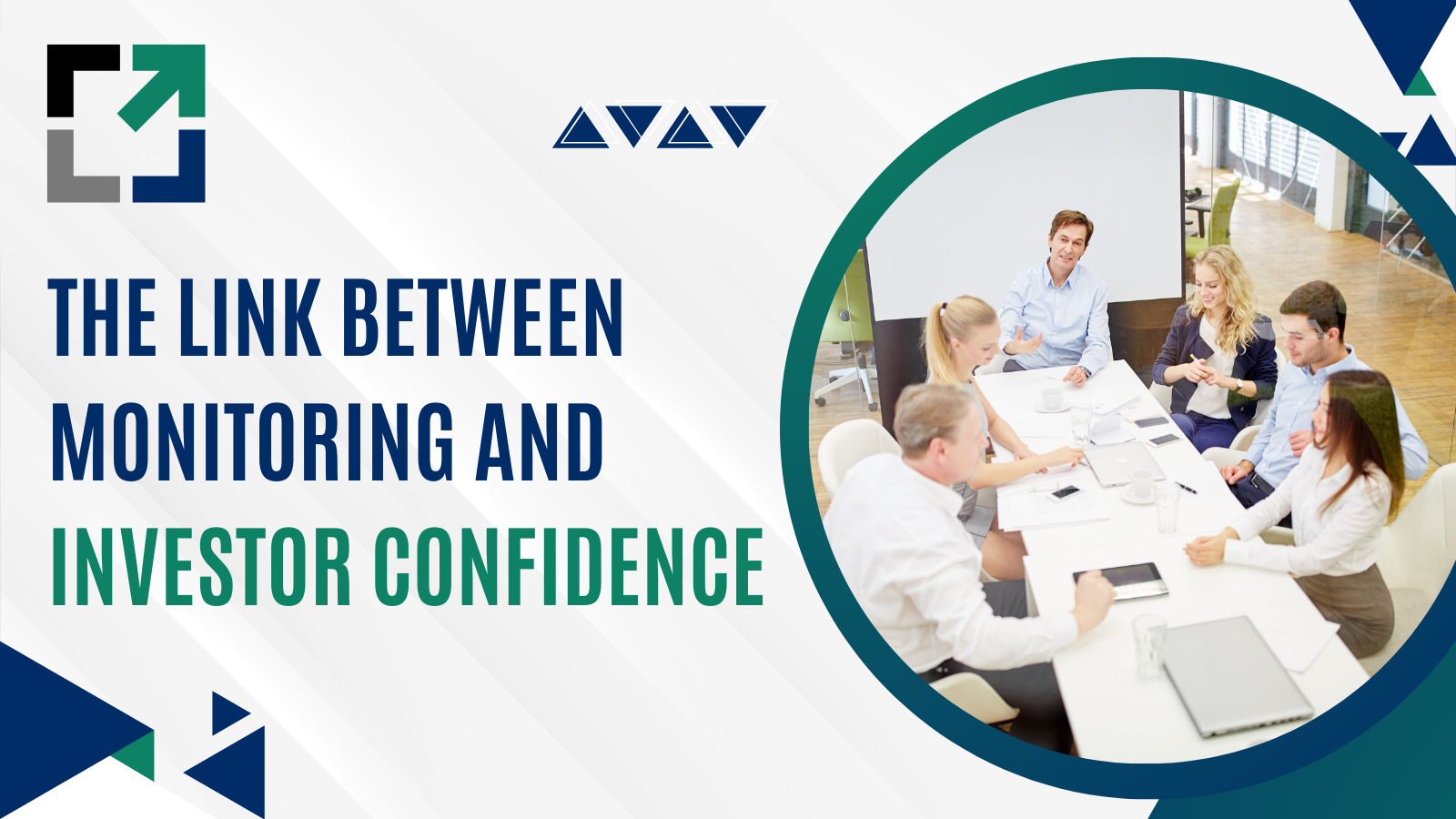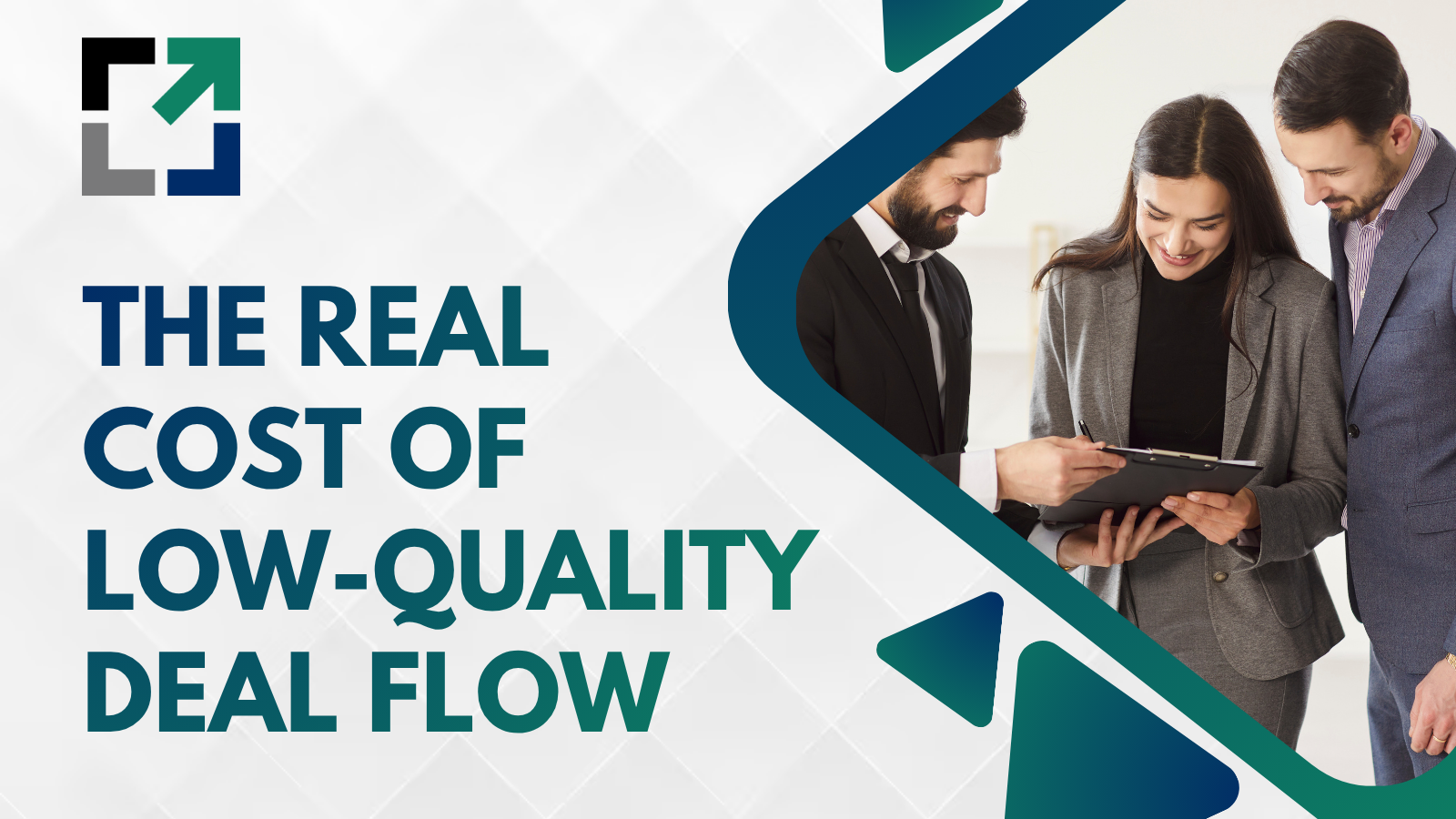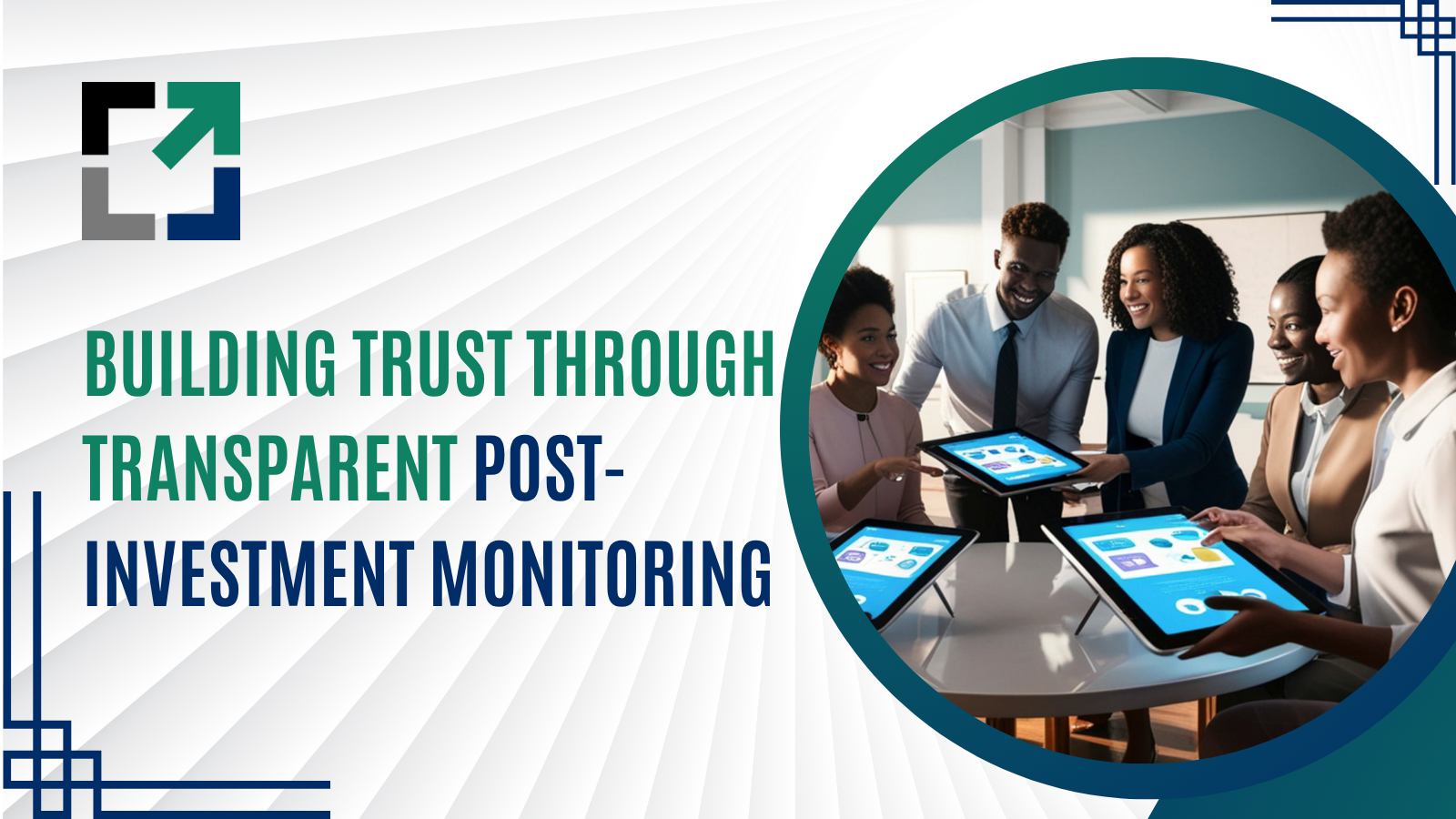While the funding can be viewed as the ultimate milestone in the fast-changing world of a startup, it is after this that the real work starts. Quite often, investors and founders channel most of their energy into pre-investment activities, pitching, negotiations, and valuation, with less attention to what lies beyond. At this stage, consistent post-investment monitoring becomes essential. When carried out with discipline and timeliness, it fosters shared progress, clear communication, and responsibility between investors and startups.
The Importance of Post-Investment Monitoring
Monitoring post-investment is the process of continuously observing the financial health, business performance, and strategic direction of a startup after investment. Through this process, investors can verify that the business is progressing as planned, and founders benefit from expert advice, strategic insights, and networking opportunities.
In the absence of a uniform system, post-investment monitoring becomes fragmented. While some investors limit their focus to financial results, others look deeper into operational or market performance. This uneven approach can create miscommunication and overlooked risks. Establishing a standardized monitoring process helps both startups and investors track and act on vital information with precision.
Bringing Structure to an Unstructured Process
In most early-stage investments, monitoring practices evolve organically. Different investors have different reporting formats, timelines, and expectations. This lack of structure can lead to fragmented data, making it harder to compare performance across multiple startups.
Standardization puts some order into this process. This approach introduces a uniform structure for metrics, reporting timelines, and communication methods. For instance, venture capital firms might ask startups to submit updates through a shared reporting format that includes financial data, performance indicators, market insights, and milestone progress. This allows investors to evaluate and compare information more efficiently.
This organized approach cuts down unnecessary effort and equips investors to evaluate performance with greater insight. At the same time, startups gain a clearer picture of expectations and the criteria used to assess their growth.
Building Trust Through Transparency
Trust is the basis of any investor-startup relationship. Inconsistent reporting and communication can only lead to misunderstandings. Standard post-investment monitoring creates a very transparent environment in which both sides are on the same page.
The startups are confident that progress is measured by well-defined criteria, and the investors are more comfortable, knowing they are getting comparable data across their portfolio. Trust breeds better partnership and opens doors to more open discussions of challenges and potential risks.
Transparency helps keep risks visible and manageable. It enables investors to notice early signs of trouble, be it declining performance, tightening cash flow, or external market shifts, and act swiftly to assist before matters deteriorate.

Enabling Data-Driven Decision-Making
When post-investment monitoring follows a standardized framework, the data collected becomes more reliable and meaningful. Investors can observe performance trends across startups, benchmark results, and identify which companies are performing well and which are not.
This consistency helps investors make data-informed choices about additional funding, strategic moves, or potential exits. In turn, startups can use the insights gained to adjust their strategies, improve operations, and pursue achievable growth targets.
A standardized approach also improves internal efficiency for investors. With uniform data collection, portfolio analysis speeds up and becomes more insightful, letting teams focus on strategy instead of chasing inconsistent reports.
Encouraging Accountability and Growth
When monitoring is standardized, accountability becomes a shared value. Founders are aware that their performance will be evaluated through specific metrics, and investors are reminded that their involvement includes ongoing support and direction, not just financial backing.
Accountability also yields better outcomes: Founders who regularly measure and report on progress are more likely to stay aligned with their business goals, while investors who monitor consistently can give more relevant advice, yielding smarter growth decisions.
In addition, a properly designed monitoring framework may also facilitate further investment in startups, as the new investors look for transparency and governance maturity. A company that already adheres to a standardized reporting process is more trustworthy and professionally managed.
Strengthening the Investment Ecosystem
Beyond individual investor-startup relationships, standardized post-investment monitoring can have a broader effect on the startup ecosystem: the more investors are using consistent monitoring practices, the more benchmarks and best practices will be created for others.
This helps to create a more transparent, disciplined environment for investment in which decisions are based on facts and data. This consistency will benefit everyone in the long run-from founders raising capital to investors managing diversified portfolios. Accountability and a long-term partnership-not short-term gains-are the culture being fostered here.
Conclusion
As startup ecosystems mature, post-investment monitoring is no longer just an administrative function. It has become a strategic necessity for sustainable growth. This standardized process will help investors and startups to shift from reactive oversight to proactive collaboration.
Ultimately, a clearly defined monitoring framework will have both sides working for common success. To investors, this means clarity and control; to startups, guidance and growth. Together, they create a more resilient and far more transparent startup landscape-one that truly thrives on structure, trust, and measurable progress.






